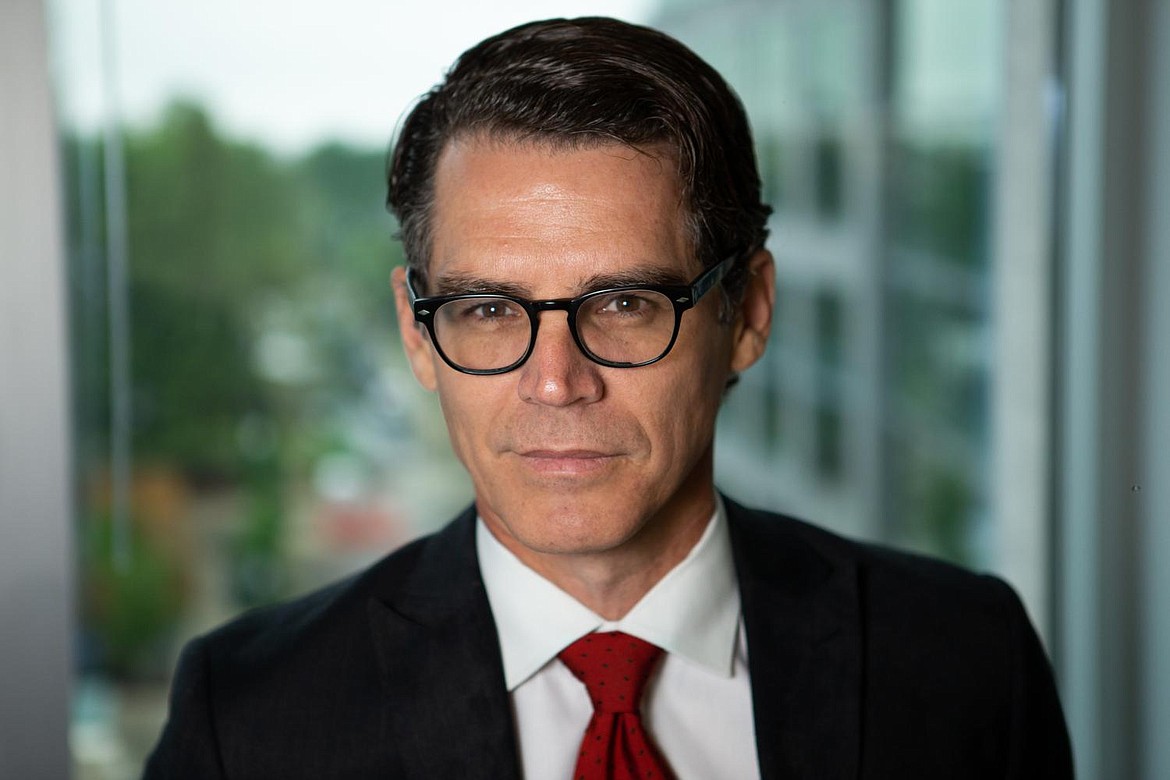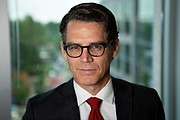Immigration reform tied to economy
COEUR d’ALENE — Reforming immigration is key to addressing the economic challenges of widespread labor shortages, supply chain interruptions and inflation, experts agreed in a virtual discussion Wednesday.
“With the highest level of inflation that we’ve seen for the past 40 years, the major driver of this, I would argue has been the 10 million jobs that are right now unfilled according to The Financial Times,” said Daniel Garza, president of the LIBRE Initiative. “So even though we have low unemployment numbers it doesn’t tell the whole story. There is a labor demand that isn’t being met, and it’s resulting in all these other hardships across the economy.”
The COVID-19 pandemic has caused a breakdown in the immigration system, which led to the loss of about two million immigrant workers in 2020 alone, Garza said.
Stephen Yale-Loehr, a professor of immigration law practice at Cornell Law School, emphasized the need for workers in STEM and other high-tech areas, though job and career opportunities are plentiful in both unskilled and skilled positions.
“The demand for skilled workers is as great as ever,” Yale-Loehr said. “But because of COVID and because of administrative changes over the last several years, it’s a lot harder to get skilled workers into the United States.”
Immigrants account for about 13% of the population, but are responsible for a high amount of its economic growth.
“Immigrants account for 25% of startup founders, and 20% of immigrants are self-employed,” Yale-Loehr said. “They really are innovators. Unfortunately, we don’t have a start-up visa in the United States. We need Congress to enact a comprehensive immigration reform policy that reflects the 21st century.”
Healthcare, science and tech industries are not the only ones suffering. Construction, hospitality and agriculture industries are, too.
Rick Naerebout, CEO of the Idaho Dairymen’s Association, said that though the dairy industry is growing and producing more product than ever before, they're doing it with a shrinking workforce.
In 2012, there were 8,000 jobs on Idaho dairy farms that were managing about 550,000 cows. Today, 650,000 cows are being handled by a workforce of about 5,000 people.
In 2012, there were 560 families milking cows across Idaho. Today that number has shrunk to 400.
Improving immigration systems is the key to building that needed workforce back up, panelists said. Backlogs in the immigration system caused by insufficient staffing means many worker visas expire during the renewal process. Not only do those workers lose their employment, but the businesses they work for lose valuable employees.
“90% of our farm workers are foreign born. They’re predominantly coming from Mexico, and some from other central and southern American countries as well. You stack that up against the reality that because the dairy industry is a year-round employer, we don’t have access to the H-2A Visa program or any other visa program,” Naerebout said.
“So with a workforce that’s 90% foreign born and no access to a visa program to procure them, that speaks a lot to what the legal status is going to be of our average farm worker,” Naerebout said.
The labor shortage causes many small farms to go out of business, he added.
“We’ve lost a number of small businesses and labor shortage is one of those pressure points that cause this,” Naerebout said. “We would look towards the Farm Workforce Modernization Act as a very reasonable and bipartisan solution to this problem.”
The Farm Workforce Modernization Act of 2021 seeks to provide a path to legal status for farmworkers and to update and streamline the H-2A temporary worker visa program, while ensuring fair wages and safe employment conditions for all workers.
“It’s passed the House. We’re hopeful we can see something happen in the Senate to try to move forward with the bipartisan solution that’s been negotiated between employers and those that represent the employee,” Naerebout said. “Everybody has a seat at the table in trying to negotiate that bill.”
Naerebout responded to the argument that if employers consistently struggle to find workers, they should just raise wages.
“Currently today, if you want to come to Idaho and start milking cows, your starting wage, having zero experience, is going to be $15 to $18 an hour,” Naerebout said. “We continue to see wage increases and our dairymen offering higher and higher wages to keep existing workers and try to bring new workers in.”
The dairy industry outpays most “main street jobs,” Naerebout said.
Among the expenses on a dairy farm, the biggest are the cost of labor and feeding the cows, Naerebout said. Over the last five years, costs of labor have increased 30 to 40% which would normally trigger an increase in cost of the finished product being passed on to consumers.
“We’ve not seen a consistent increase in milk price that helps offset that,” Naerebout said.





